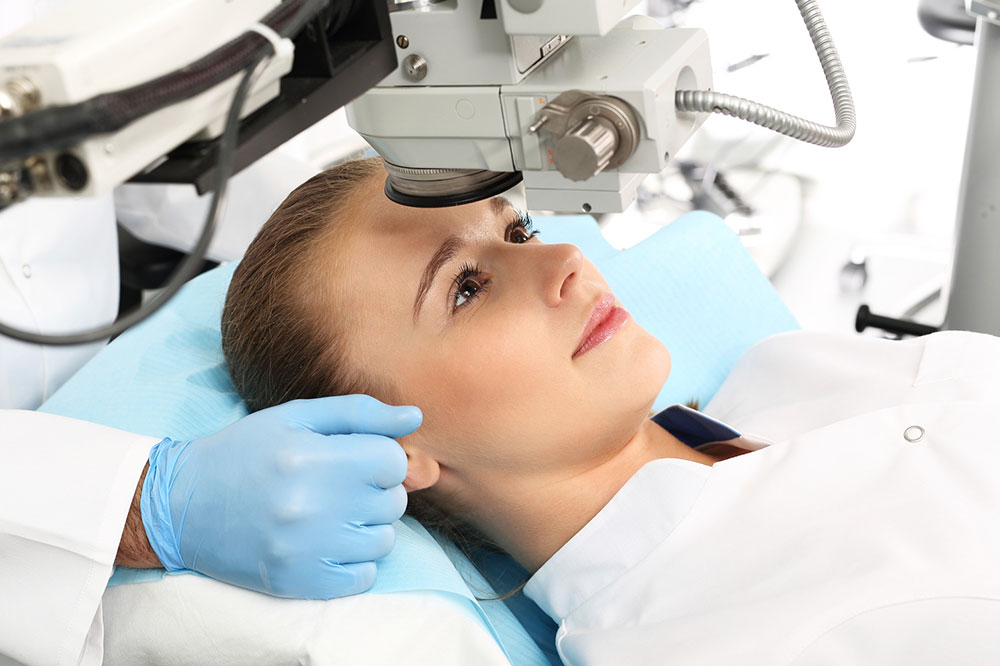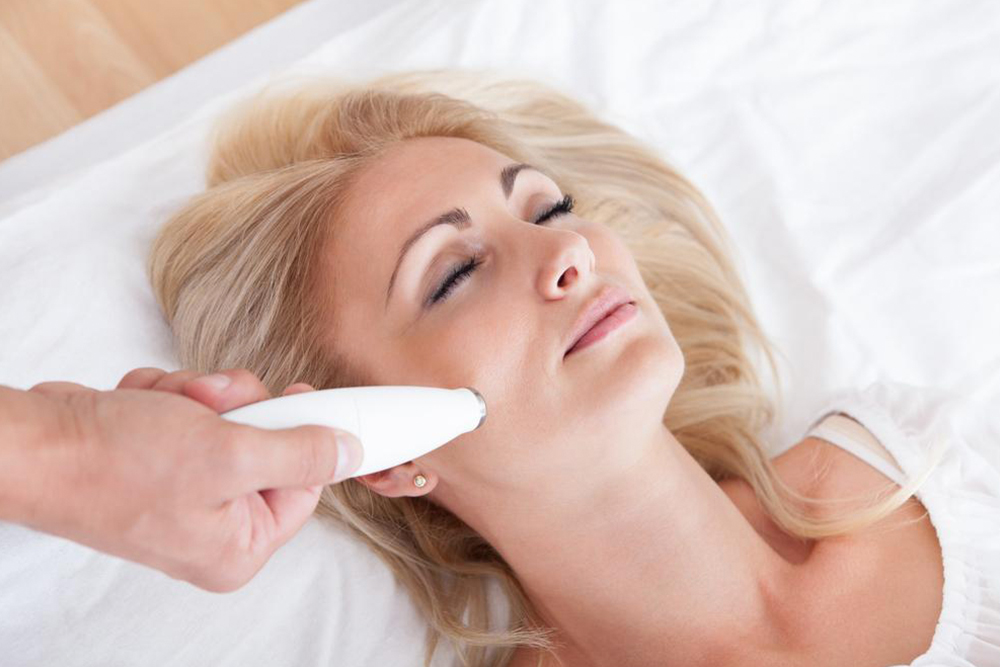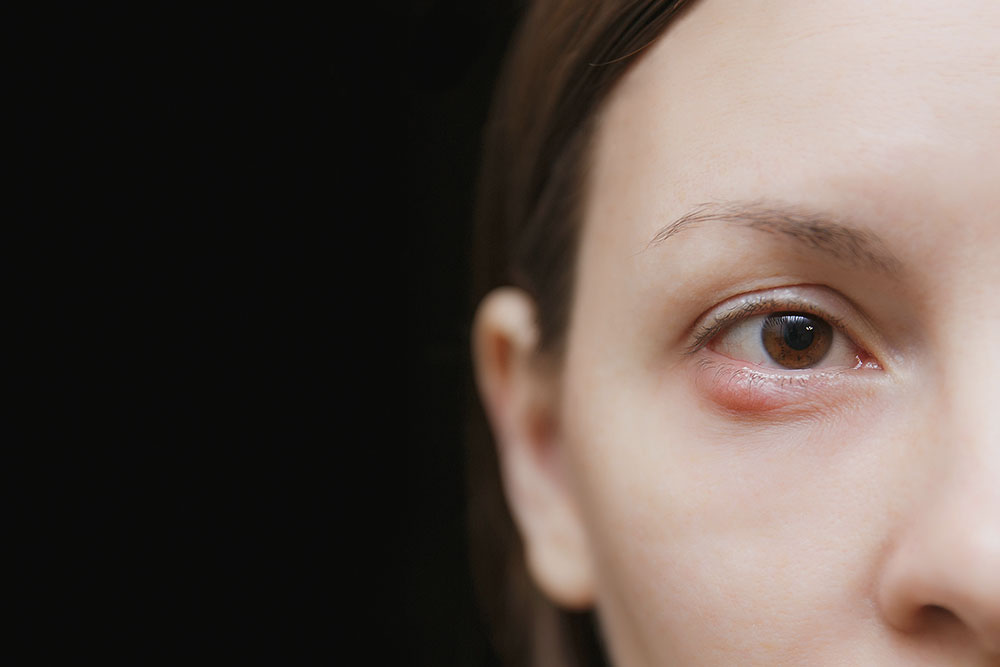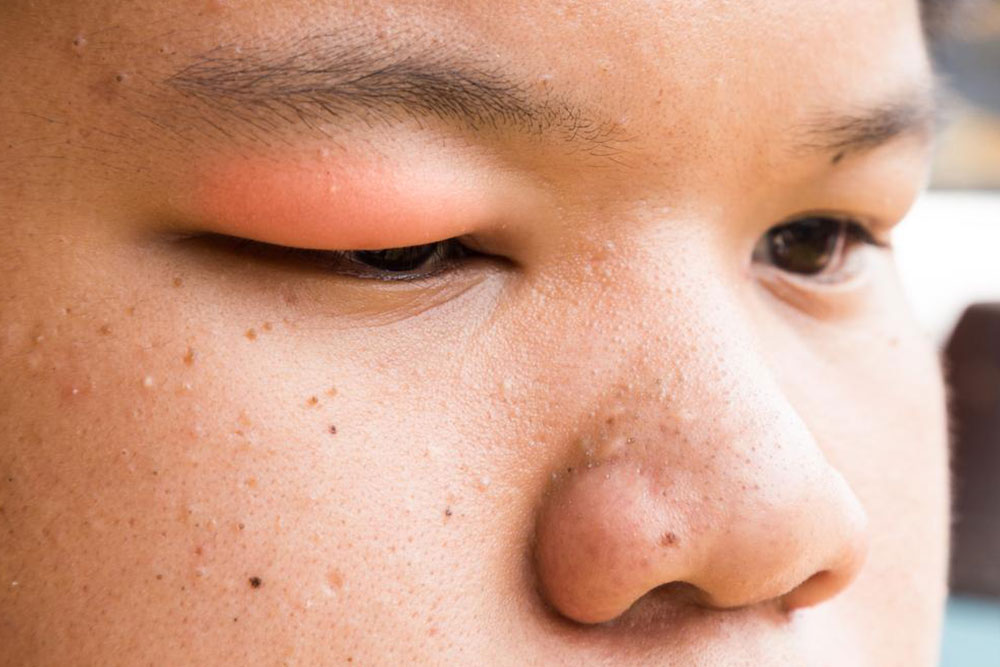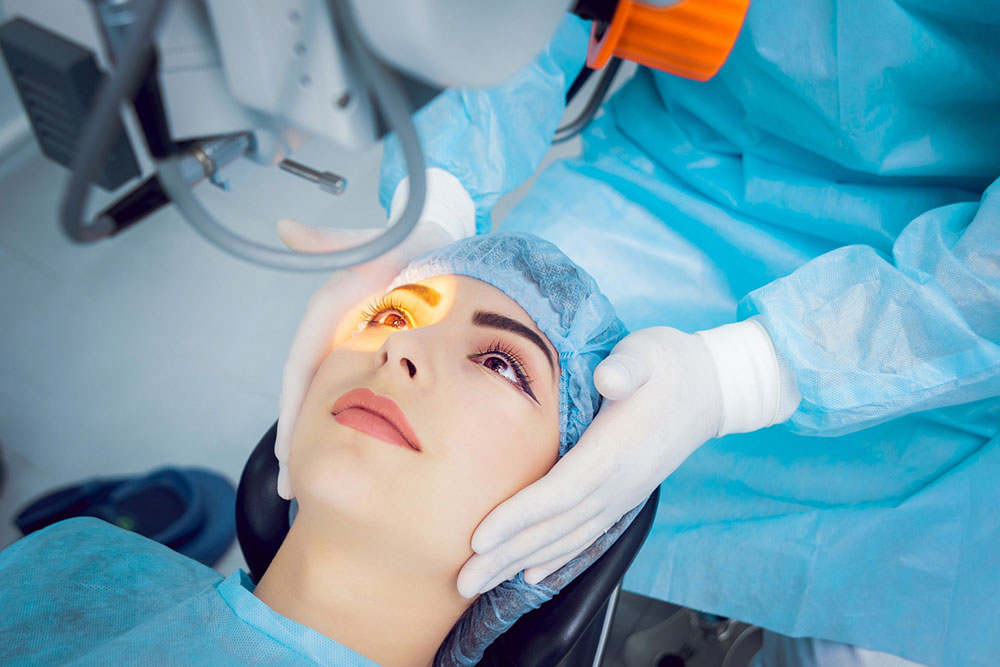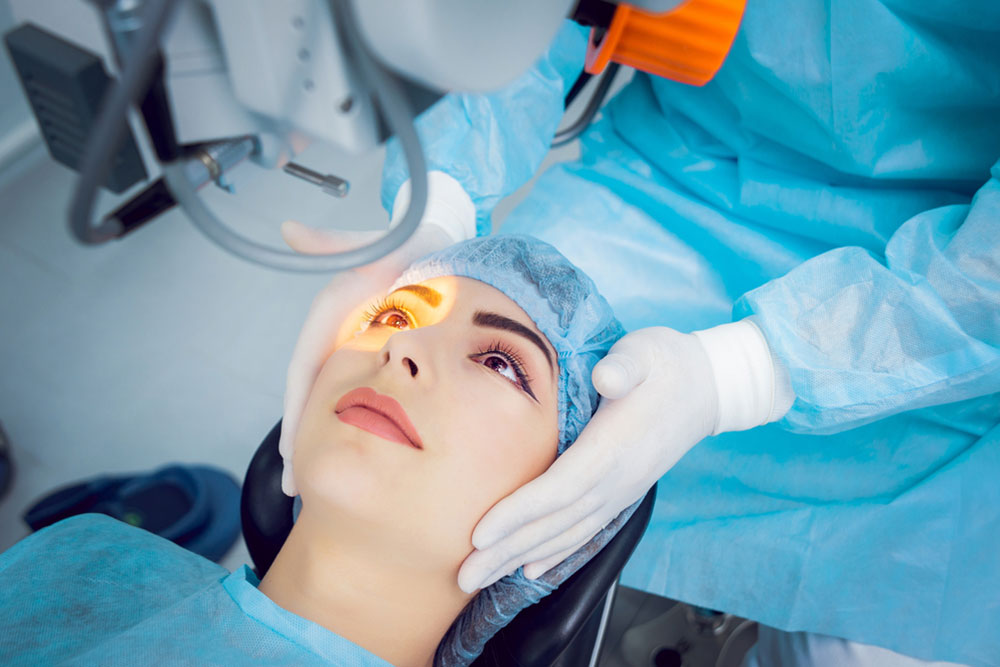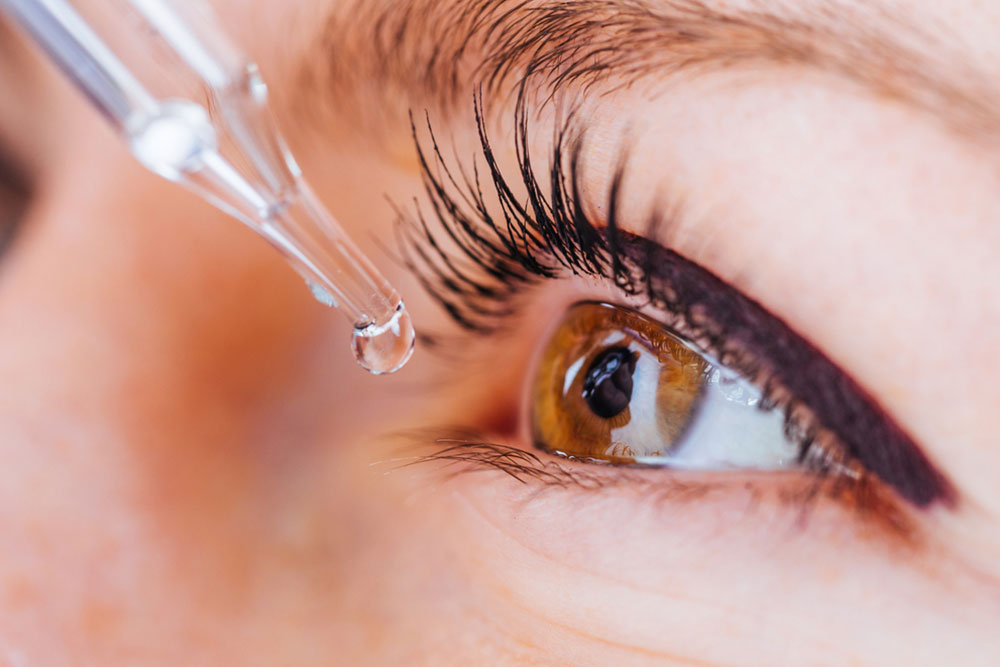Effective Treatments for Sagging Eyelids
Discover effective surgical options for correcting drooping eyelids, including external, sling, and internal techniques. Learn about the procedures, recovery tips, costs, and important precautions to restore vision and enhance appearance safely and effectively.
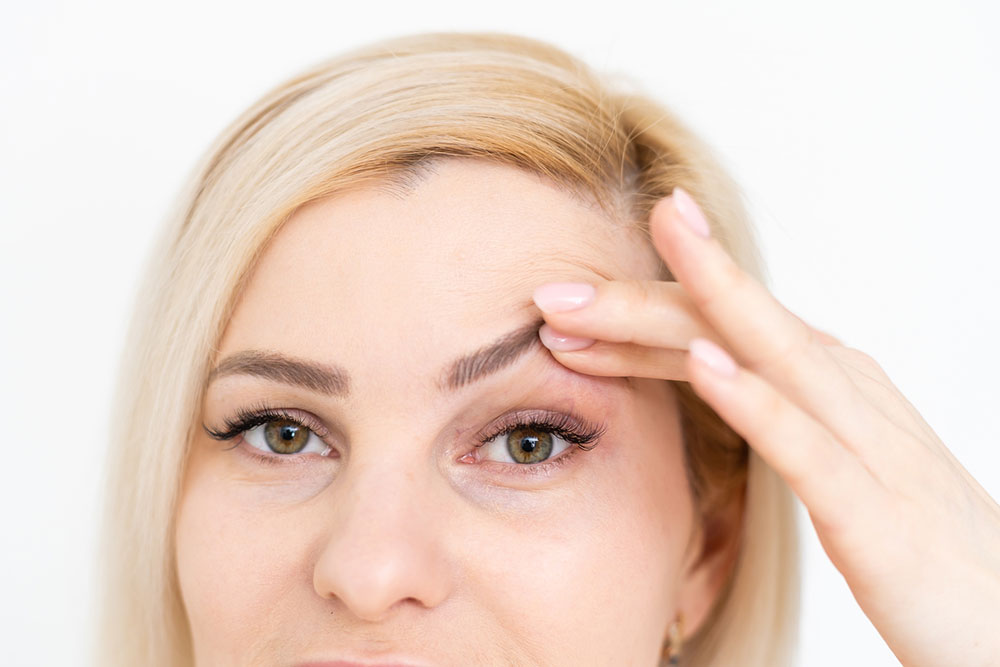
Effective Solutions for Sagging Eyelids
Ptosis, commonly known as drooping eyelids, can be present from birth or develop later in life. Approximately 11.5% of adults experience this issue, yet many remain unaware of corrective options. Today, surgery offers a reliable cure, especially for adults. Surgical intervention can restore clear vision and improve appearance. Here’s what you need to know about droopy eyelids and how surgery can help:
Understanding Drooping Eyelids
Drooping eyelids occur when eyelids sag over the eyes, usually due to weak or dysfunctional levator muscles responsible for lifting the eyelids. The condition may affect one or both eyes with varying severity. In acquired cases, muscle weakening happens over time, contributing to the condition.
Fortunately, surgical options can effectively correct drooping eyelids. There are primarily three types of procedures, each suited for different muscle strengths and severity levels. Below are detailed steps for each surgical method:
External Approach
This approach is most often recommended for patients with strong levator muscles.
Procedural steps include:
Anesthesia: The surgeon administers local sedation so the patient remains relaxed and pain-free.
Incision Creation: An incision is made along the eyelid crease.
Muscle Repositioning: The levator muscle is sutured to the eyelid’s connective tissue, the tarsus, lifting the eyelid for improved vision.
During surgery, the surgeon may evaluate eyelid position through specific eye movements. The scar is typically well hidden within the natural eyelid fold.Frontalis Sling Technique
When levator muscles are weak, and other methods aren’t suitable, this technique is used.
Anesthesia: General anesthesia is administered to ensure comfort.
Procedure: The surgeon attaches the eyelid to the frontalis muscle above the eyebrow, often passing a silicone rod beneath the skin, enabling forehead muscles to assist in eyelid elevation.
Note that some patients may temporarily lose the ability to fully close their eyes; this side effect usually lasts 2-3 months. To prevent dryness, lubricating eye drops or ointments are recommended during recovery.Internal (Transconjunctival) Technique
This internal method shortens eyelid muscles from within, suitable for patients with sufficient muscle strength.
Anesthesia: Local or general anesthesia is used.
Procedure: The eyelid is turned inside out, and the levator or Muller’s muscle is shortened to achieve the lift needed.
Cost Overview
The total expense generally ranges from $3,000 to $6,000 per eyelid, depending on the surgery type and desired lifting. Correcting both eyelids can cost between $6,000 and $12,000 or more. Although significant, the procedure’s effectiveness often justifies the investment. Proper planning is essential to avoid unexpected financial strain.
Post-Surgery Tips & Precautions
Expect temporary swelling and bruising, common with all surgical procedures.
Protect your eyes from soaps, shampoos, lotions, and external irritants immediately after surgery.
Avoid rubbing or applying pressure to your eyes, and limit screen time to reduce strain during healing.

